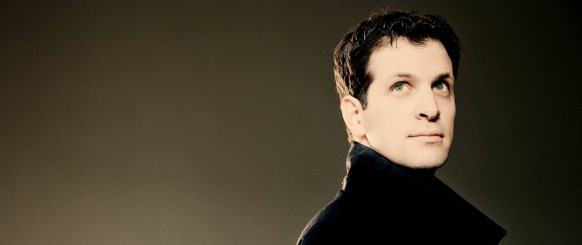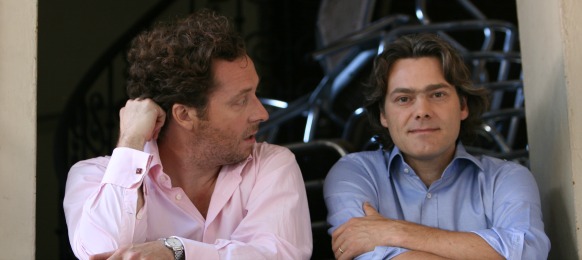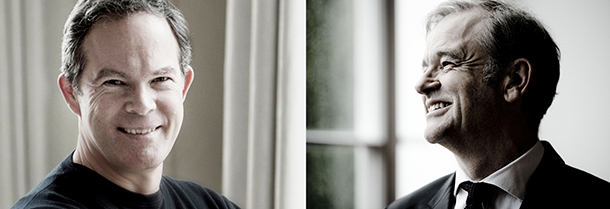Tag: lieder
-

PROGRAM NOTES: EMA NIKOLOVSKA
Mezzo-soprano Eva Nikolovska has curated an intriguing recital program of songs composed in the forty years between 1865 and 1905, a selection that highlights the changing styles of music emanating from three important centres of music-making. From Vienna there are the contrasting voices of the traditionalist Brahms and his aesthetic adversary Hugo Wolf, from France…
-
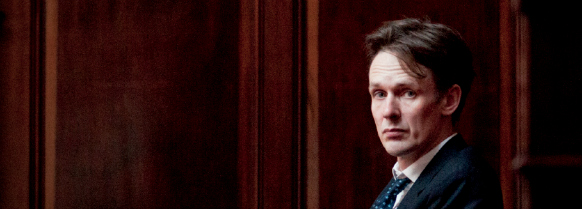
PROGRAM NOTES: IAN BOSTRIDGE & WENWEN DU
Franz Schubert Winterreise It is a fact of musical life that there are commonly accepted ‘right’ ways (and even more ‘wrong’ ways) of performing the great works of past. These works arrive on our music stands embedded with notions of ‘stylistic correctness’ that guide our first attempts at interpretation, serving the same function as the lines…
-
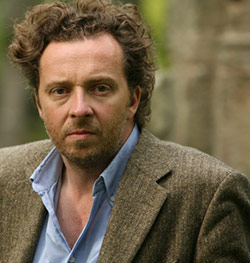
GETTING TO KNOW BARITONE CHRISTIAN GERHAHER
Christian Gerhaher on the origins on German Lied (song): The German Lied was born into quite special circumstances. The composer found himself creating something with no pre-existing format, which in practical performance terms was restricted to a quite intimate situation, which will later become the famous Schubertiade. That means it had a more social than…





